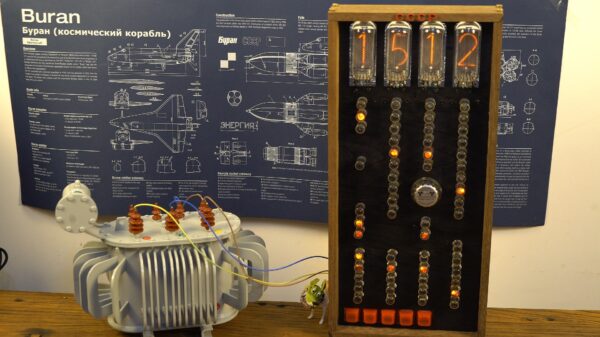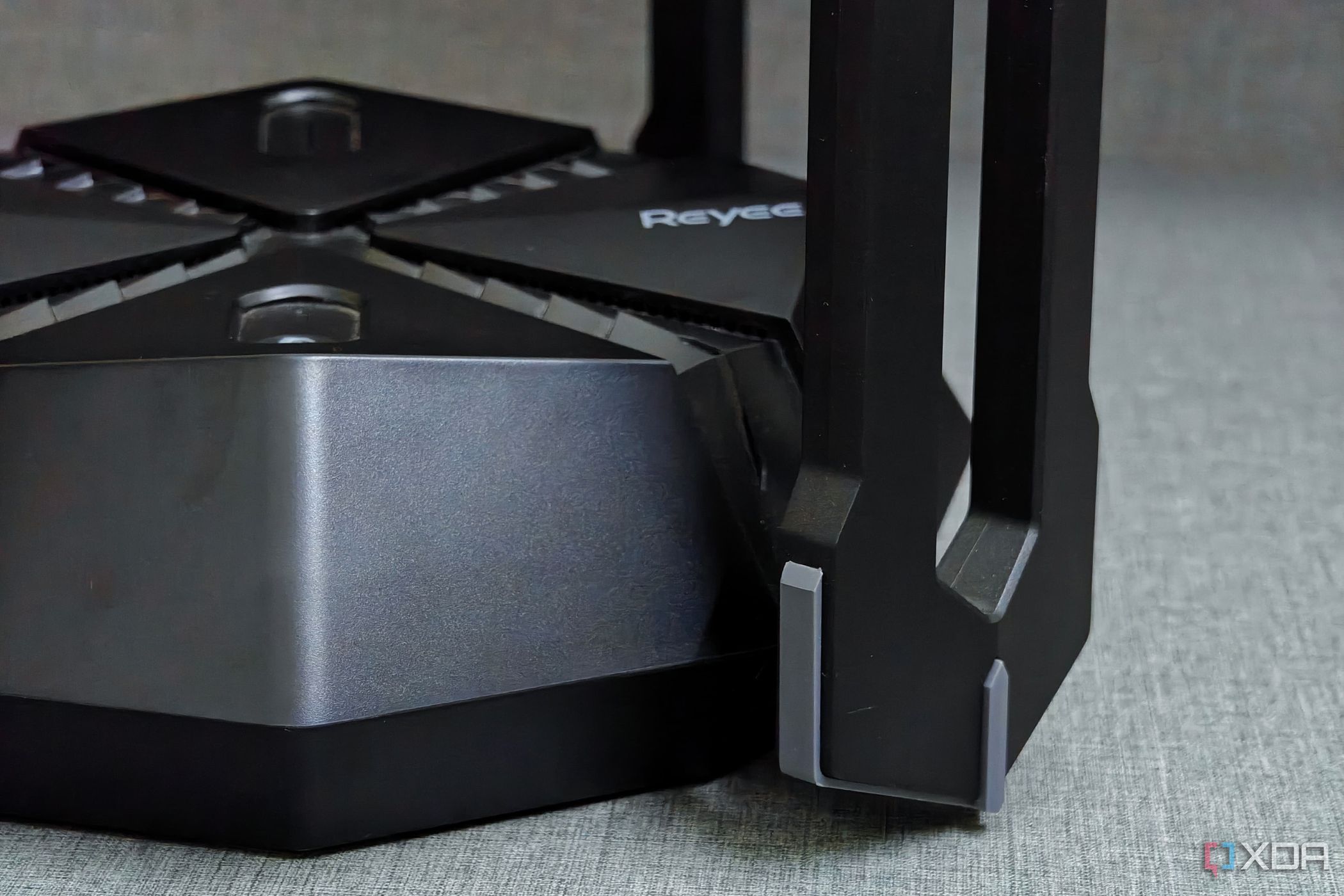BREAKING: New insights reveal that many users are falling victim to common Wi-Fi myths that could be severely impacting their network performance. Experts emphasize the importance of understanding these misconceptions to avoid wasted time and money on ineffective solutions.
These revelations come as internet connectivity becomes increasingly crucial for smart homes and remote work environments. With the rise of online gaming, streaming, and smart devices, ensuring optimal Wi-Fi performance is essential for seamless experiences.
1. Antenna Direction Doesn’t Matter as Much as You Think
Many households still believe that adjusting router antennas directly towards devices will enhance signal strength. This is misleading; modern antennas are largely omnidirectional, dispersing signals in all directions. Experts recommend positioning the router centrally in your home, free from obstructions, as this has a far greater impact on signal quality than antenna adjustments.
2. Basic Setup is Not Always Good Enough
After initial setup, it’s tempting to assume your router is optimized. However, in high-density areas like apartments, default RF channels often lead to interference. Most consumer routers default to channels one, six, and 11 for the 2.4GHz band, which can lead to congestion. Utilizing a Wi-Fi analyzer app can help users manually select clearer channels, significantly improving performance.
3. Ethernet from an Extender is Not True Wired Connection
Consumers are often misled to believe that using an Ethernet port on a Wi-Fi extender provides a dependable wired connection. However, if the extender connects wirelessly to the main router, the connection remains compromised. For optimal performance, experts advise using a direct Ethernet cable between devices and the primary router.
4. Wi-Fi Cannot Fully Replace Wired Connections
While Wi-Fi technology evolves, offering impressive speeds with the latest standards like Wi-Fi 6 and 7, it still cannot match the reliability of wired connections for critical tasks such as gaming or remote operations. Wi-Fi operates on a shared medium, causing potential latency and jitter, which can hinder performance in demanding applications.
5. Hiding Your SSID is Not a Security Solution
A long-standing belief is that hiding your network’s SSID enhances security. However, this approach offers little protection, as any determined attacker can still discover hidden networks. Experts urge users to prioritize strong encryption methods, utilizing WPA3 or at minimum WPA2-AES security, alongside robust passwords to safeguard their connections.
As Wi-Fi continues to be a fundamental aspect of our daily lives, debunking these myths is crucial for enhancing user experience and ensuring smooth connectivity. Authorities recommend taking informed steps to optimize your home network rather than relying on outdated advice or marketing gimmicks.
For more advice on enhancing your Wi-Fi performance, stay informed and share these vital insights with your network. Understanding the fundamentals can turn your Wi-Fi experience from frustrating to flawless.


































































